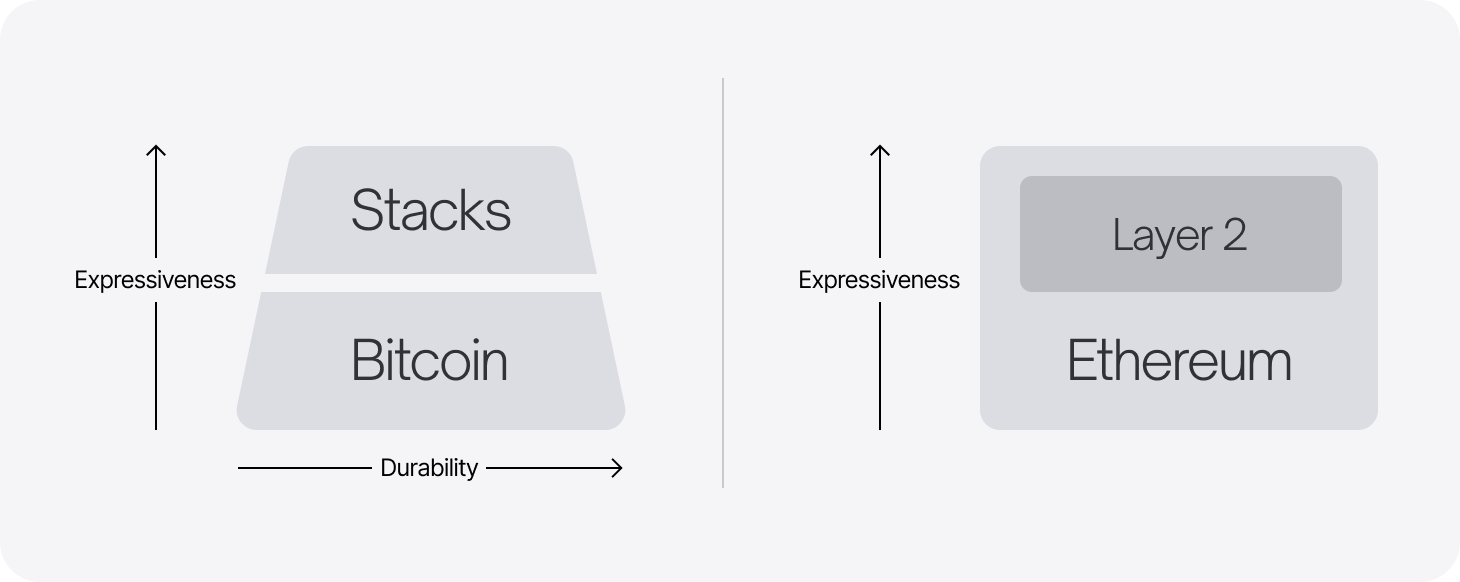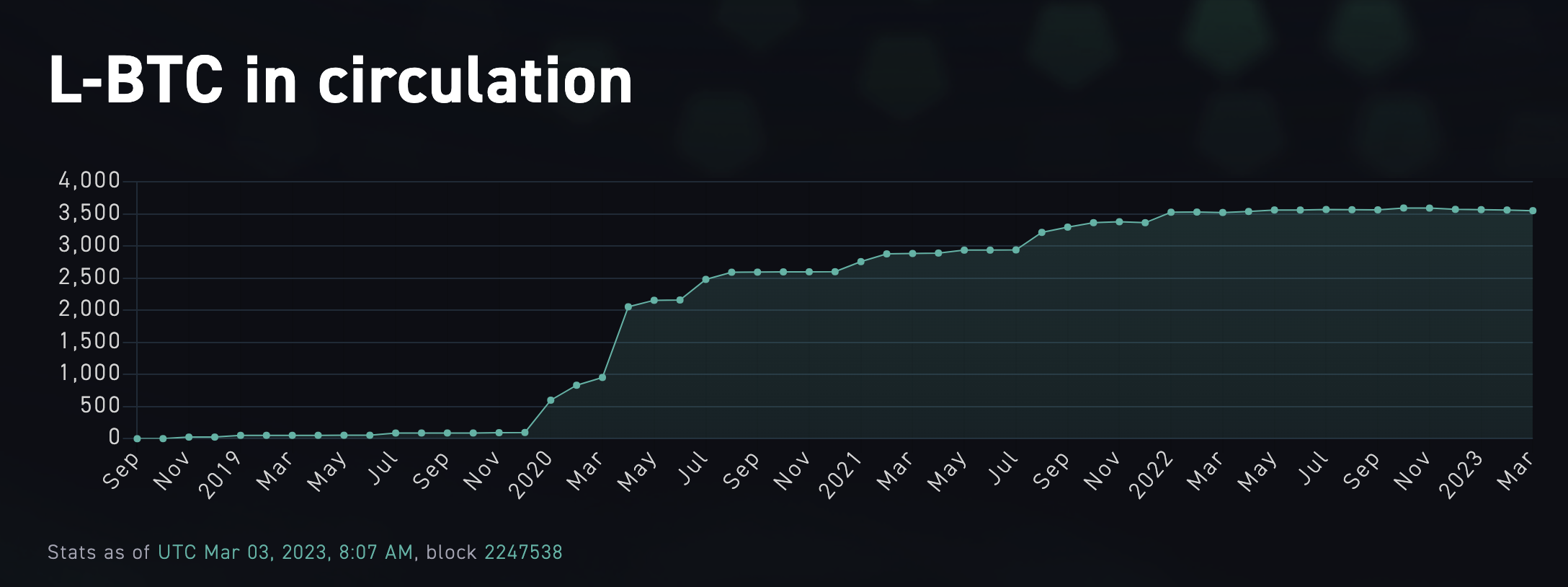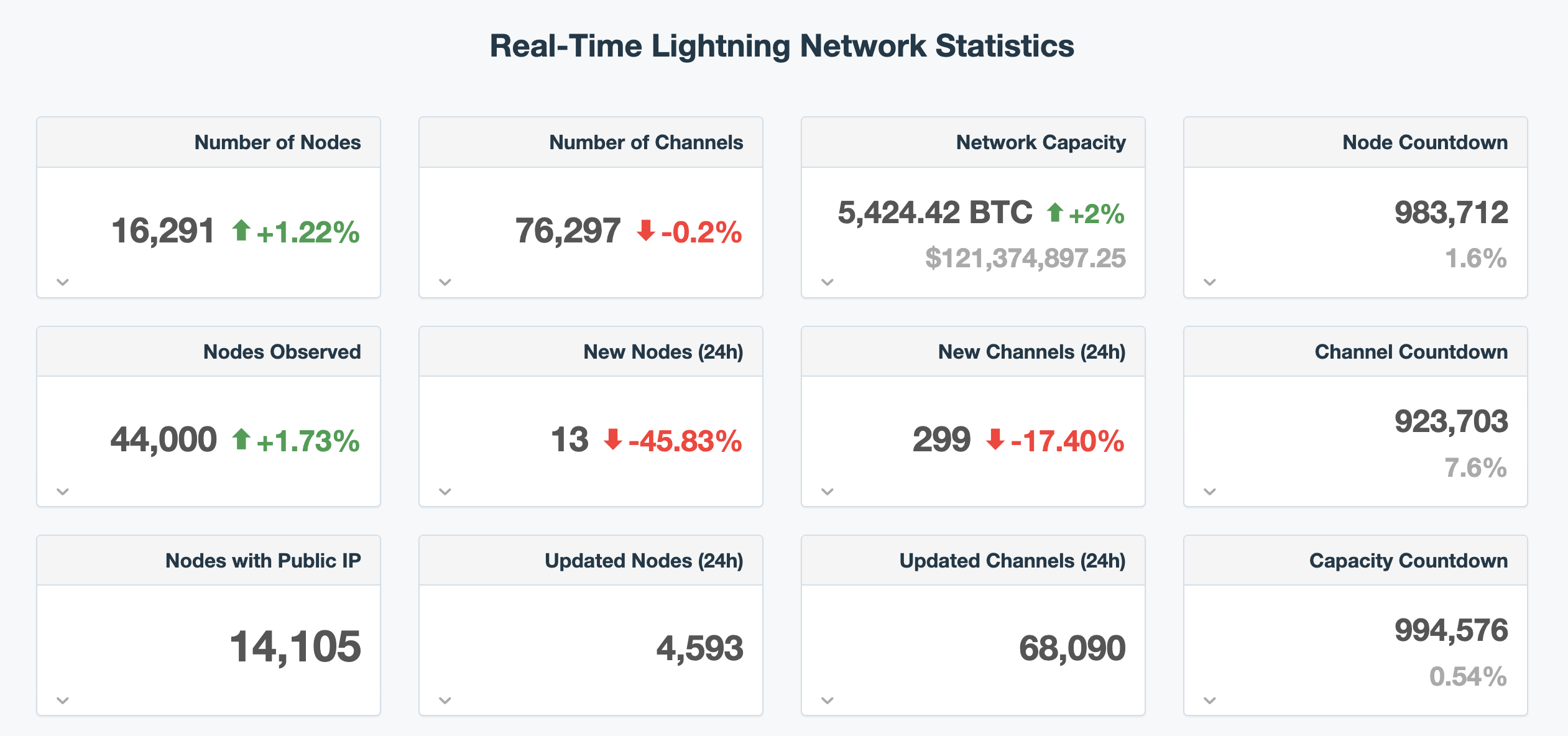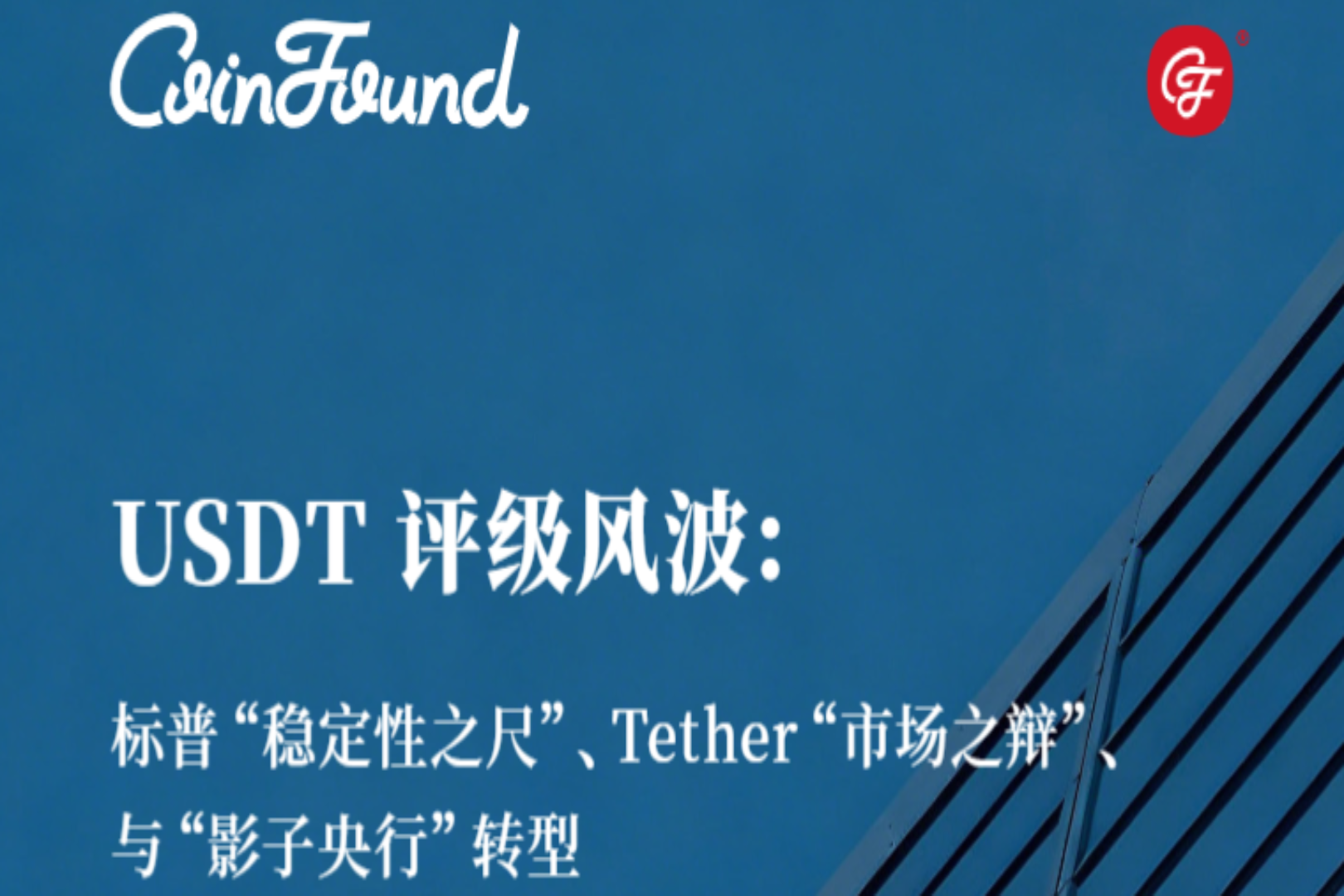一文盘点6大比特币扩容方案发展现状
比特币是最安全和去中心化的区块链网络,但存在不支持智能合约、每秒只能处理大约 7 笔交易、交易确认可能高达数十分钟等性能上的限制。1 月 30 日,NFT 协议“Ordinals”在比特币主网上启动,截至 3 月 2 日,Ordinals 上的 NFT 数量已经超过 25 万。
虽然此举引发了不少争议,“比特币原教旨主义”认为应该尽可能保持比特币网络的简单和稳定,但“比特币扩展者”希望能给比特币带来更多金融用例。不管怎样,Ordinals 的出现引发了又一波在比特币之上开发应用的热潮。本文中,PANews 将盘点常见的比特币扩容方案近期的发展状况。
Stacks
Stacks 采用金字塔形的堆栈,底层是比特币基础结算层,然后是增加了智能合约和可编程性的 Stacks,最上层是增加可扩展性和速度的 Hiro。它使用自己的智能合约语言 Clarity,并将历史交易记录写入到了比特币网络中,因此 Stacks 是一个比特币的 Layer 2 (以前 Stacks 也称自己为 Layer 1 )。Stacks 发行有自己的代币$STX,作为比特币智能合约的代表,$STX 也是近期表现最好的资产之一。

由于目前在 Stacks 上建立的应用仍然主要为 Arkadiko Protocol、ALEX、Stackswap、CityCoins、STX NFT 这几个,和 PANews 一年前统计时并没有什么变化,这里就不再赘述。
根据 Defi Llama 的数据,近期 Stacks 上的资金确实有大幅提升,过去 30 天(2 月 1 日~ 3 月 2 日)TVL 从 756 万美元升至 2680 万美元,增长 254% 。增长最多的是其中的 DEX ALEX,过去一个月 TVL 上升 316% ,$ALEX 的价格也从 2 月 1 日的 0.015 美元涨至现在的 0.098 美元。
Rootstock/RIF
Rootstock(RSK)是比特币上的一条兼容 EVM 的侧链,它和比特币使用相同的 SHA-256 算法,比特币矿工在进行挖矿的时候可以进行“合并挖矿”(Merged Mining),不需要额外的资源消耗,同时可以获得 Rootstock 中的交易手续费收入。Rootstock 中的原生代币是一种比特币锚定币 Smart BTC(RBTC),也用于支付交易的手续费。
RIF(Rootstock 基础设施,RIF)则是一个建立在 Rootstock 之上的平台,旨在为开发者提供区块链基础设施和服务,包括域名、存储、身份验证等,以支持 dApp 的开发和部署。虽然 Rootstock 除 RBTC 外并没有发行其它代币,但 Rootstock 和 RIF 由同一家公司 IOV Labs 开发,RIF 发行有自己的代币$RIF。
从 Defi Llama 上可以看到,Rootstock 的 TVL 为 5651 万美元,但近期的增长并不明显,过去 30 天上升 3% 。生态中有包括 DEX、借贷协议、稳定币等类型的项目,也可以使用来自以太坊等其它链上的跨链资产。但即便 Rootstock 支持 EVM,生态项目中的资金在过去 30 天也并未出现大幅上升,增长最的为 DEX Sovryn,目前 TVL 为 2024 万美元,过去一个月上升 18.31% 。
Liquid Network
Liquid Network是 Blockstream 在 2018 年 9 月推出的一种侧链技术(也称自己为 Layer 2 ),旨在为比特币用户提供更快、更便捷的交易体验,同时保证交易的安全性和隐私性。它由包括交易所、金融机构以及其它以比特币为重点的公司组成的 Liquid 联合委员会维护和治理。
除了快速、便宜、隐私的转账功能外,Liquid Network 还可以实现各种类型的智能合约功能,如搭建 DeFi 应用(DEX Sideswap、借贷平台 Hodl Hodl 等)、发行稳定币、发行证券代币、铸造 NFT、进行多签交易等。
Liquid Network 上主要使用的仍然是由比特币 1: 1 锚定发行的 L-BTC,Liquid 官网显示近期网络上的 L-BTC 发行量维持稳定,目前为 3551 枚,一月份和二月份的数据分别为 3567 和 3562 枚。

Lightning Network
比特币 Lightning Network(闪电网络)是一种比特币 Layer 2 协议,通过在交易双方之间建立支付通道来提高比特币的交易速度和隐私性。
支付通道建立后,双方可以发送链下交易来进行交易,交易仅记录在通道的双方之间,不需要在比特币网络中进行确认,因此交易速度快、费用低。交易的双方可以随时将交易记录提交到比特币网络上进行结算,从而实现比特币的转移。
根据1 ML的数据,目前闪电网络中的资金为 5424 BTC,过去 30 天增加 2.2% ,节点数为 16291 个,通道数为 76297 个。

Statechains
Statechains 是一种用于 BTC 链下转移的扩容技术,它与闪电网络类似,但又不完全相同。在闪电网络中,资产的转移是通过通道的所有权转移的,但在 Statechains 中资产的转移是通过 BTC 存款(UTXO)私钥(临时密钥)的所有权转移的。
Statechains 首先会在存款者和状态链实体之间创建一个拥有多个私钥的多重签名钱包,这些私钥掌握了与之相关联的比特币。私钥的持有者可以在 Statechain 上创建交易记录,将私钥转移给其他人,从而实现比特币资产的转移。Statechain 中的交易也不需要每笔确认,从而提高交易速度,减少手续费。
Statechains 技术的一个解决方案是通过Commerceblock创建的Mercury 钱包实现的。
目前 Mercury 钱包中的总存款为 23 BTC,总取款为 19.8 BTC,应用仍然较少。BTC 的流动性必须是特定的数量,如 0.001 BTC、 0.01 BTC、 0.1 BTC 等,因此在进行充值或转移时,只能使用特定的数量。

Drivechain
Drivechain 是一个比特币开放式侧链协议,可以根据不同的需求定制不同的侧链。它的设计来自于两个比特币改进提案,BIP 300 “哈希率托管”(Hashrate Escrows)通过“Container UTXOs”将 3-6 个月的交易数据压缩成 32 字节,BIP 301 “联合盲挖”(Blind Merged Mining)。和 RSK 一样,网络的安全性也通过联合挖矿的方式,由现有的比特币矿工维护。
Drivechain 的出现是为了在保持比特币的安全性和去中心化的情况下,与以太坊、Zcash、比特币分叉链等竞争,为比特币引入更多功能,这些侧链也使用比特币的锚定币,用于转账等功能。
2022 年 12 月,Drivechain 的开发公司Layer 2 Labs才宣布完成 300 万美元的种子轮融资,目前该项目还未发现有大规模的应用。
小结
在以上几种比特币扩容方案中,Stacks 和 RSK 较为通用,RSK 支持 EVM,链上应用中的资金更多,但近期只有 Stacks 的数据增长较快。
在主要用于 BTC 支付的几种方案中,Lightning Network 中的 BTC 最多,Liquid Network 同时在积极筹备 DeFi、NFT 等用例,Statechains 的应用有限,Drivechain 虽然可定制各种侧链,但还未见大规模应用。



